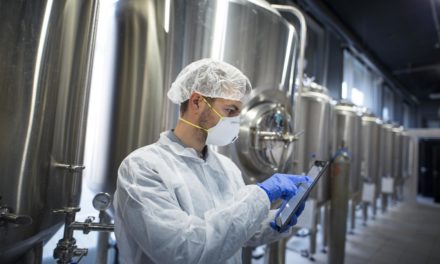Key performance indicators (KPI’s), are very important mechanism for promoting continuous improvement in pharmaceutical quality compliance. However, in today’s world many KPI’s selected by pharmaceutical companies do little more than provide information about what is not working, rather than what elements need to be changed in order to gain a positive improvement. It’s therefore vital that KPI’s should be something (a measure), that provides information to enable improvement on a continuous basis. Failure to address this means that situations will at best remain static and more likely will regress and become more serious overtime. So, in selecting KPI’s, it is important that those elements selected provide information that will enable improvement.
Associated with KPI’s are metrics, which are a numerical quantification of the status of something, at a given moment in time, or time period. These metrics should be garnered using scorecards which are a tool that enables the gathering of data to generate a set metric. Through understanding these three elements, we have a basis for developing a process that will generate improvement in quality associated functionalities.
The importance of these elements becomes apparent when one considers the relative importance of systemic failures and their impact on pharmaceutical processing. Without a shadow of a doubt, failure to eliminate these issues is tantamount to a death nail, which has a significant impact on a company’s ability to manufacture high quality pharmaceutical products. Through the use of these processes and techniques/tools, we have the ability to generate standard work processes causing improved business processes which lead to a more controlled operational environment, which is conducive to the business of manufacturing high-quality pharmaceuticals.
Some useful KPI’s that we have developed with pharmaceutical clients include:
1. Deviations / batch / product; where improvements can be generated through kaizen events.
2. CAPA’s/deviation reoccurring rates/frequency
3. CAPA’s/ deviation / batch / product
4. Investigation cycle time reduction.
The goal then is to provide information that can be used to drive change or changes that will save time, reduce frequency of occurrence, prevent reoccurrence and save money. Each one of these KPI’s can provide such information improvement, however, when considered as a combination, their overall effect on the process and process economics is greater than the sum of the individual parts.
In particular, a reduction in the time spent on deviation investigations as characterized by a cycle time metric has the potential to make a considerable impact on the financial bottom line of the manufacturing process. As such then any mechanism that can provide information that is causative to a process improvement would be of great value.
Developing this as a prime function, to be used in a process control charts functionality would be significant in addressing this as part of a streamlining and efficiency strategy. In considering this control charts approach, one develops the possibility of providing a numerical mechanism to power the use of targeted kaizen events to make timely cycle time improvements. Tracking this using an appropriate scorecard would be an easy task,
as effectiveness of the cycle time reduction mechanism would be a yes no answer to whether or not the change implemented reduced the overall investigation time. Trending these results would provide the overall basis for development of this idea as a control strategy.







